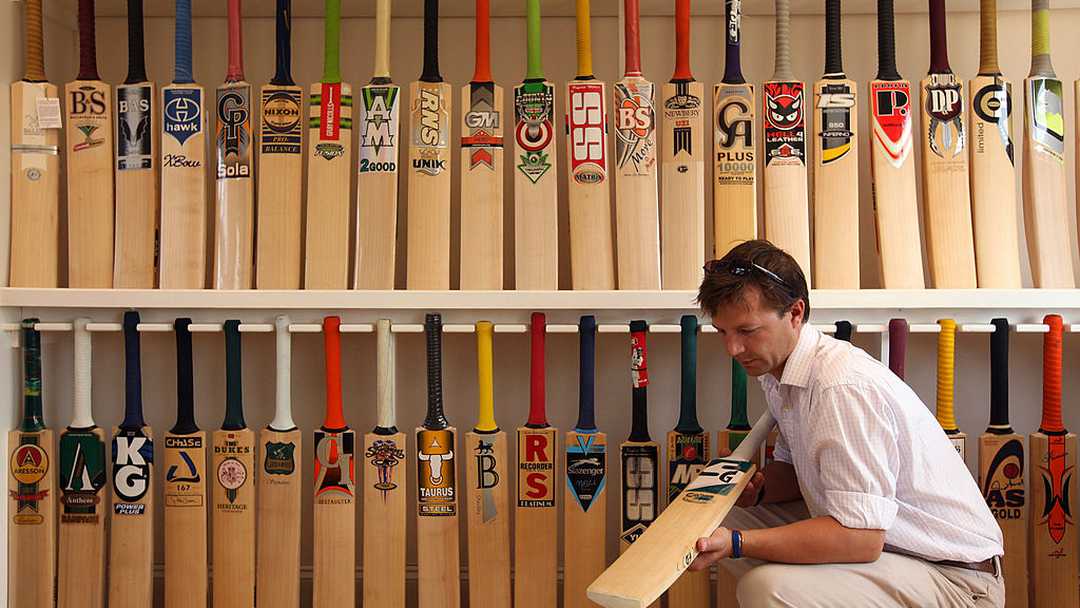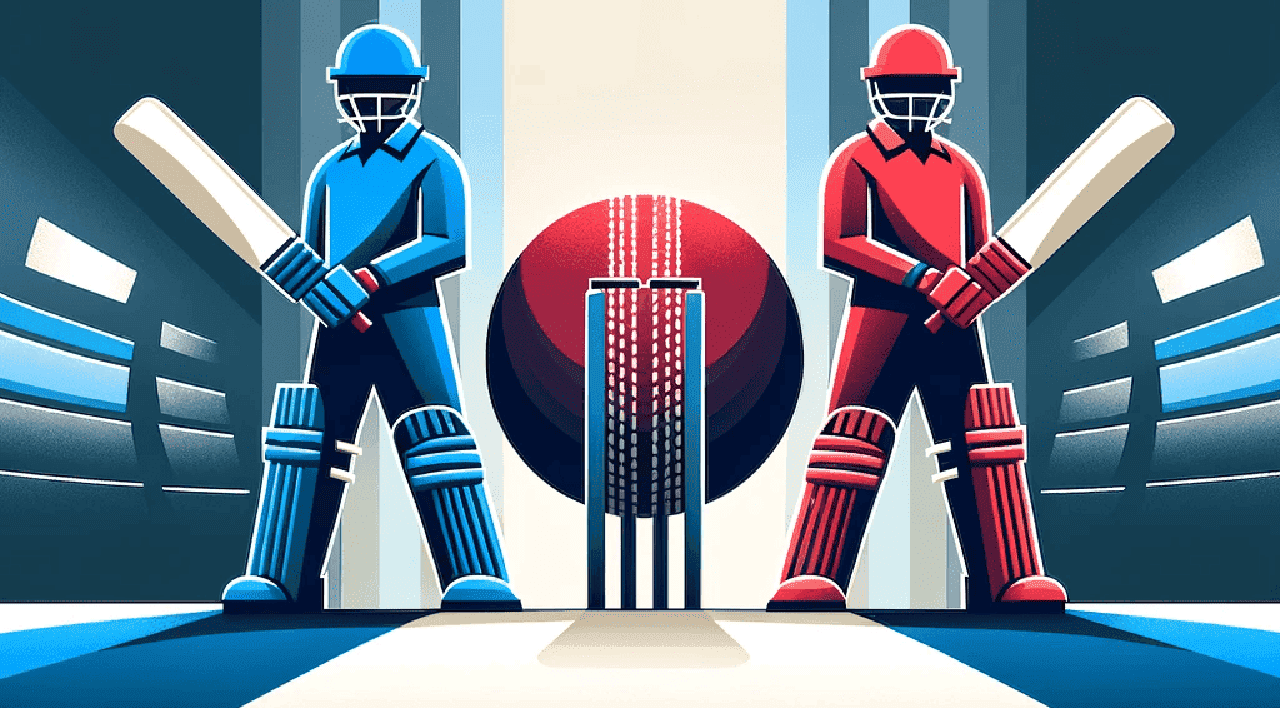
Cricket's Willow, Stretched by Time and Demand
At Lord's, players grumbled about soft, out-of-shape Dukes balls, while commentators riffed about the ritual of swapping them out. Meanwhile, a quieter set of substitutions unfolded: four bat changes, not all due to cracked or splintered blades, but because batters preferred a different feel and could afford to swap.
Former England captain Mike Gatting remarked how he once used just three bats a year. Today, players like Steve Smith carry upwards of 18, each meticulously numbered, conditioned, and prepared. This striking contrast highlights how cricket's rhythms have fallen out of sync with nature, driven by an unending appetite.
Each bat comes at an ecological cost, beginning as part of a tree that takes up to two decades to mature. One tree produces around 40 bat clefts. The T20 boom has driven demand to unprecedented levels, straining century-old willow farming traditions.
Jeremy Ruggles, Director at JS Wright & Sons, a family-run business cultivating English willow for over a century, knows this storm up close. "Since the IPL started, demand has increased every year. Many more times than we anticipated 20 years ago," Ruggles says.
The industry faces deeper challenges. Climate change has altered growing patterns, making trees grow faster. This directly changes the wood's character, producing wider grains. Bats with wider grain can perform well, but take longer to knock in and bring alive. Narrow-grain bats, from older, slower-grown trees, come almost match-ready, which is what players prefer.
The preference isn't just performance, it's perception. Players post photos of sleek new bats with tightly packed grains. Young boys and girls want the same. Yet narrow-grain bats break faster, driving turnover and prices.
Laminated bats, which join multiple pieces of wood, could be the solution for the bat shortage. They reduce waste, ease supply pressure on English willow planters, and make the game more accessible. However, they stir debate about tradition, a topic cricket is romantic about.
Cricket bats have become symbols of modern sport's tensions: the balance between tradition and innovation, the pressure of global demand, and the quiet environmental cost of every swing. In this dance of wood and willow, time is both a friend and a foe – trees take years to grow, but the game's appetite grows faster.

